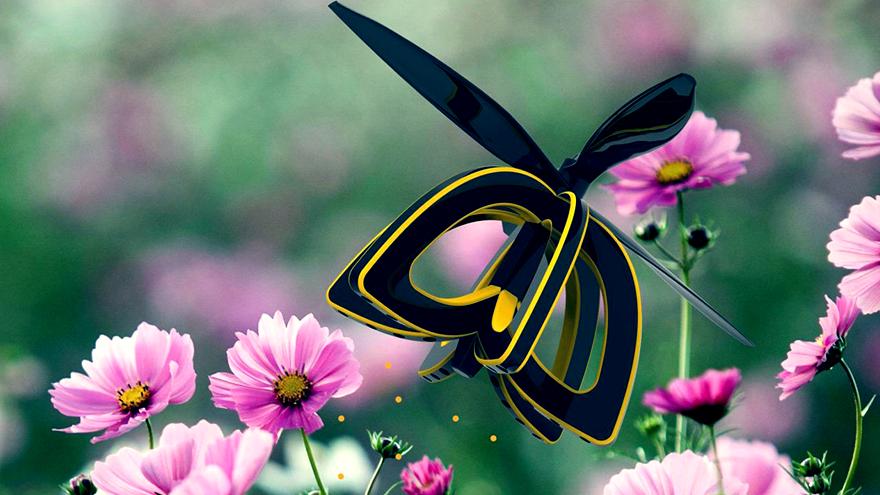In an effort to address the dwindling bee populations around the globe, one student has designed a robotic drone that mimics the way the insect cross-pollinates our crops. Plan Bee, the design of Savannah College of Art and Design student Anna Haldewang, is an airborne drone that fits in the palm of your hand.
Though the function of Plan Bee is to provide an artificial solution for pollination to continue (should bees become extinct), it is Haldewang’s ulterior objective to educate people about the bee’s critical role in our food systems. It is no secret that bees generate delicious honey, but they also play a precarious and integral role in the life of our agriculture.
While bees fly from flower to crop to flower, they collect and redistribute pollen inadvertently, catalysing the process for these plants to reproduce. If the life of the bee is in danger, it puts our food systems at risk – hence Plan Bee.
Haldewang produced a number of variations of the miniature drone before refining the black and yellow, flower-like final version. It has a lightweight foam core encased in plastic shells with dual propellers at the top that allow it to fly with remote control. Plan Bee’s body is divided into six sections that absorb pollen grains through tiny air holes as it hovers above the plant. Pollen is contained inside the drone before it is released at a different location with other plants, thereby performing the important work of the bee.
Plan Bee is still in its early stages and Haldewang aims to have a mass-distributable product ready in approximately two years.










